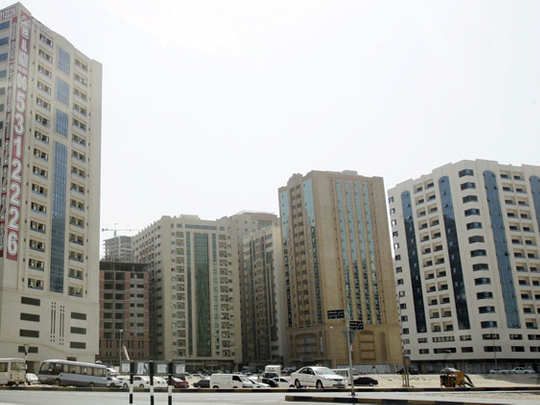
Dubai: Landlords and tenants in Sharjah — where key areas such as Al Nahda have been a bustle of activity with the constant delivery of new high-rises — seem to be taking the new Salik toll-gate on Al Itthad Road in their stride. There have been no major variations in rental values for apartments within these locality in the weeks leading up to the toll-gate’s opening on April 15. Nor has there been a major movement of existing residents there seeking options, particularly on the Dubai side.
“The new toll gate on Al Ittihad Road, based on the effect of toll systems elsewhere, could reduce congestion on the main commuter road by up to 40 per cent,” said Lesley Preston, head of the Sharjah office at Cluttons. “The effects on nearby property prices, however, are yet to be seen.
“We do not expect there to be a significant impact on the property market as demand will remain strong and commuters will move to take alternative roads — such as the 311 — which is currently under expansion.”
John Stevens, managing director of Asteco Property Management, also believes any disruption from the new toll gates — at Al Mamzar and Airport Tunnels being the other ones — on Sharjah to be easily contained. “The new toll gates may cause tenants who are currently residing in Sharjah and already thinking of moving to Dubai to make the move,” said Stevens. “Given the each-way cost of travelling through the toll versus the difference in rental rates between Sharjah and Dubai, it is unlikely to motivate the majority of commuters to re-locate.”
While property value and rentals gains in key locations of Dubai have been in the limelight over the last year, Sharjah’s has been doing quite nicely.
Sharjah landlords are increasing rents across the board as demand for residential property rises. Since October, prime neighbourhoods such as Al Majaz, Al Nahda and Qassimiya witnessed average rental increases of 10-15 per cent on properties that become vacant and leased to new tenants. According to Cluttons, single-bedroom apartments in Al Nahda were up from Dh24,000 to Dh28,000, a robust gain of 17 per cent.
Signs of recovery
“Since summer, the residential market in Sharjah has shown strong signs of recovery with a number of residential tower projects, which were stalled, restarted and completed near the end of 2012,” said Preston. “Despite this additional supply, occupancy rates have remained high and landlords of well-managed properties boast occupancy rates of 90 per cent or higher.
“With companies across Dubai hiring again, residents continue to flock to Sharjah in search of affordable accommodation and we expect this to continue.”
From January onwards, rental upturns have taken a more gradual approach. Also, landlords have refrained from raising their rentals as they seek to retain longstanding tenants who do not desert them for newer buildings.
Stevens, for one, does not believe the current transactional trends in Sharjah are connected to those evident in Dubai.
“In the last quarter quality residential developments in Dubai ended 2012 with a strong Q4 performance to put the average annual increases at their highest since 2008,” said Stevens. “Villa sales prices were up on average 23 per cent year-on-year and apartments made average gains of 14 per cent during the same period. The leasing market was no less impressive, with an average increase across all residential types of 17 per cent.”
In Sharjah, “Residential rental demand has increased in prime areas due to people moving from older, poorly maintained buildings to the new supply that has come on line over the past 12 months,” Stevens added.
“The commuter belt of Al Khan (Mamzar) and Al Nahda along with the sought-after Corniche and Mina Road areas are the most popular and I don’t see that trend changing in the near to mid-term.”











